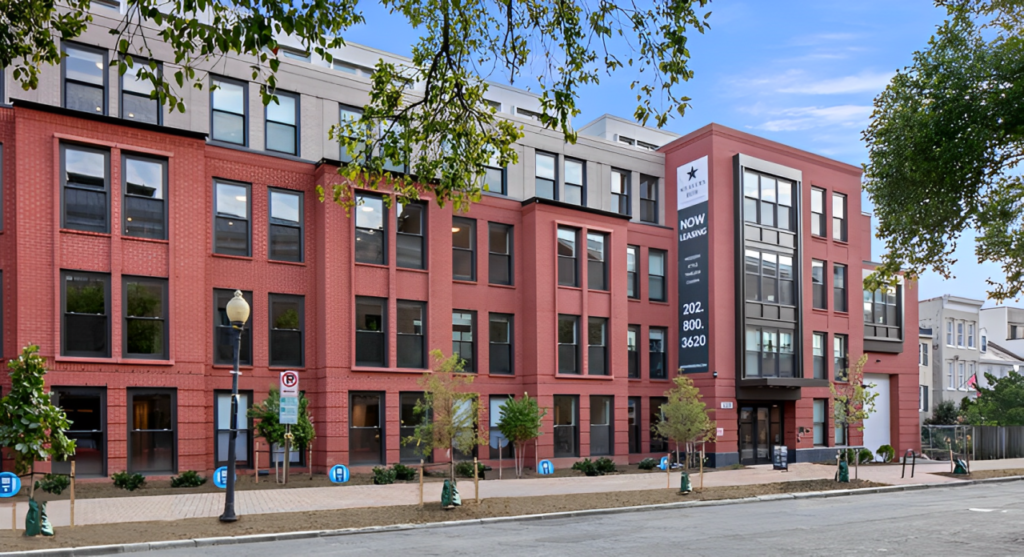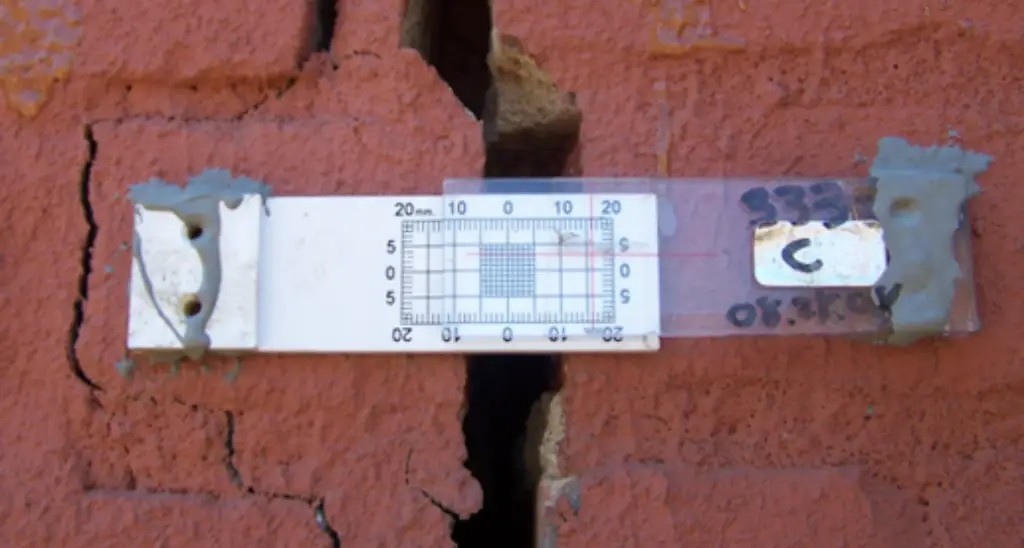Specialized Testing and Services

Projects
Weavers Row
We bring over 90 years of collective industry experience and a 20-year track record

Specialized Testing and Services
Specialized Testing
MTI’s Specialized Testing assess the quality, durability, and performance of concrete and asphalt structures, ensuring they meet specific standards. These tests, either non-destructive or semi-destructive, evaluate materials without causing significant damage, while identifying potential weaknesses that impact structural integrity such as poor bonding, moisture issues, cracks, or insufficient strength. They play a critical role in maintenance, helping to detect early signs of failure and guiding repairs. Additionally, these tests are vital for quality control and compliance, ensuring installations meet industry standards for safer, more durable structures.
MTI’s full scope of Specialized Testing includes
- Bond test – tensile strength of overlays and overlayments
- Concrete and asphalt coring and testing
- Windsor probe testing
- Concrete moisture emission test
- Crack monitoring gauges and evaluation
- Floor flatness and levelness testing (ASTM E-1155)